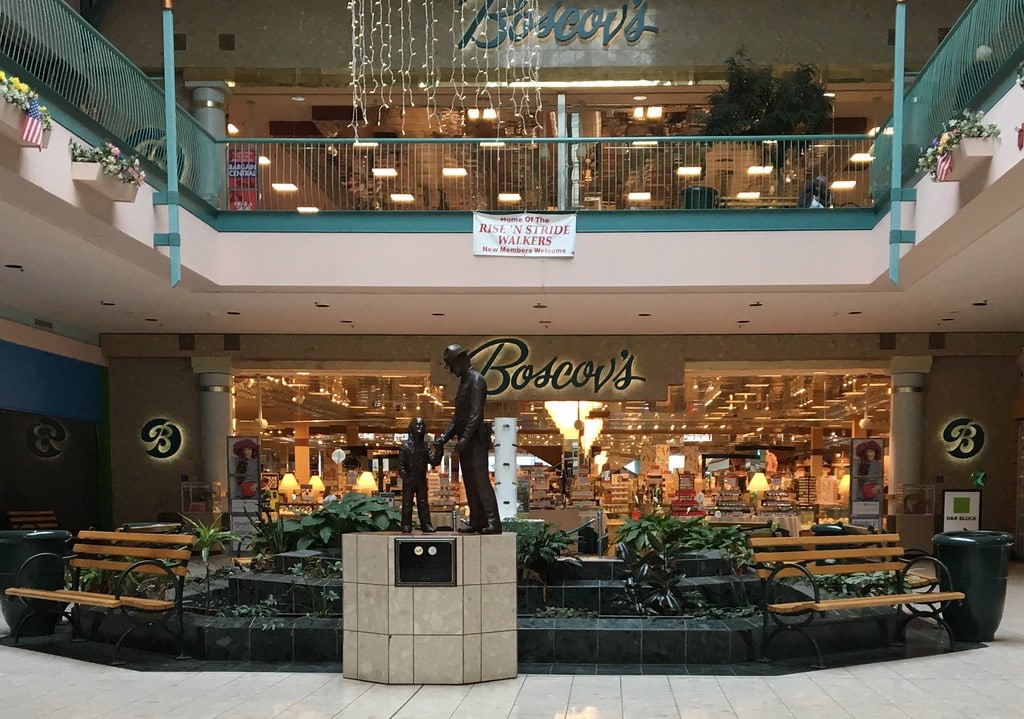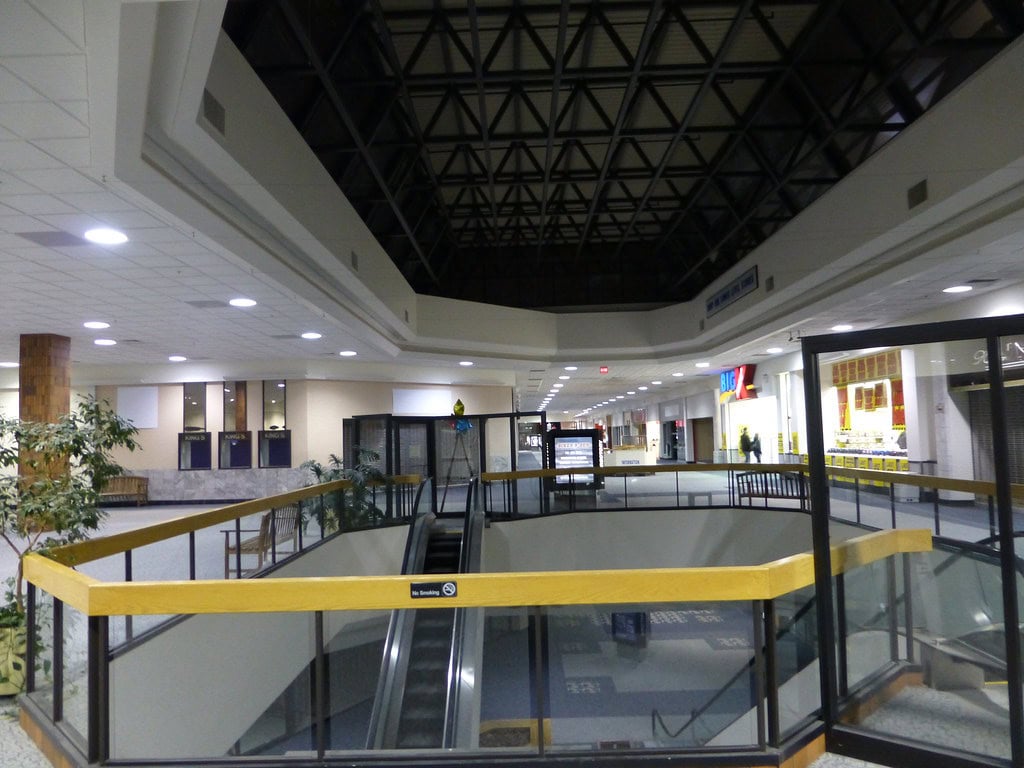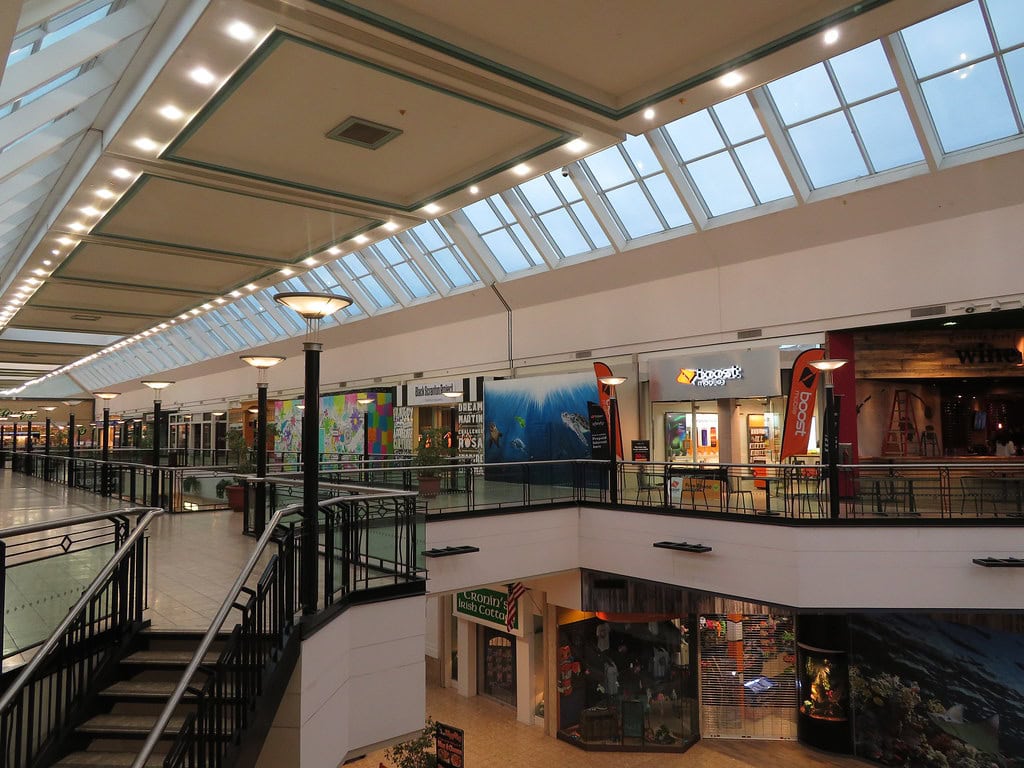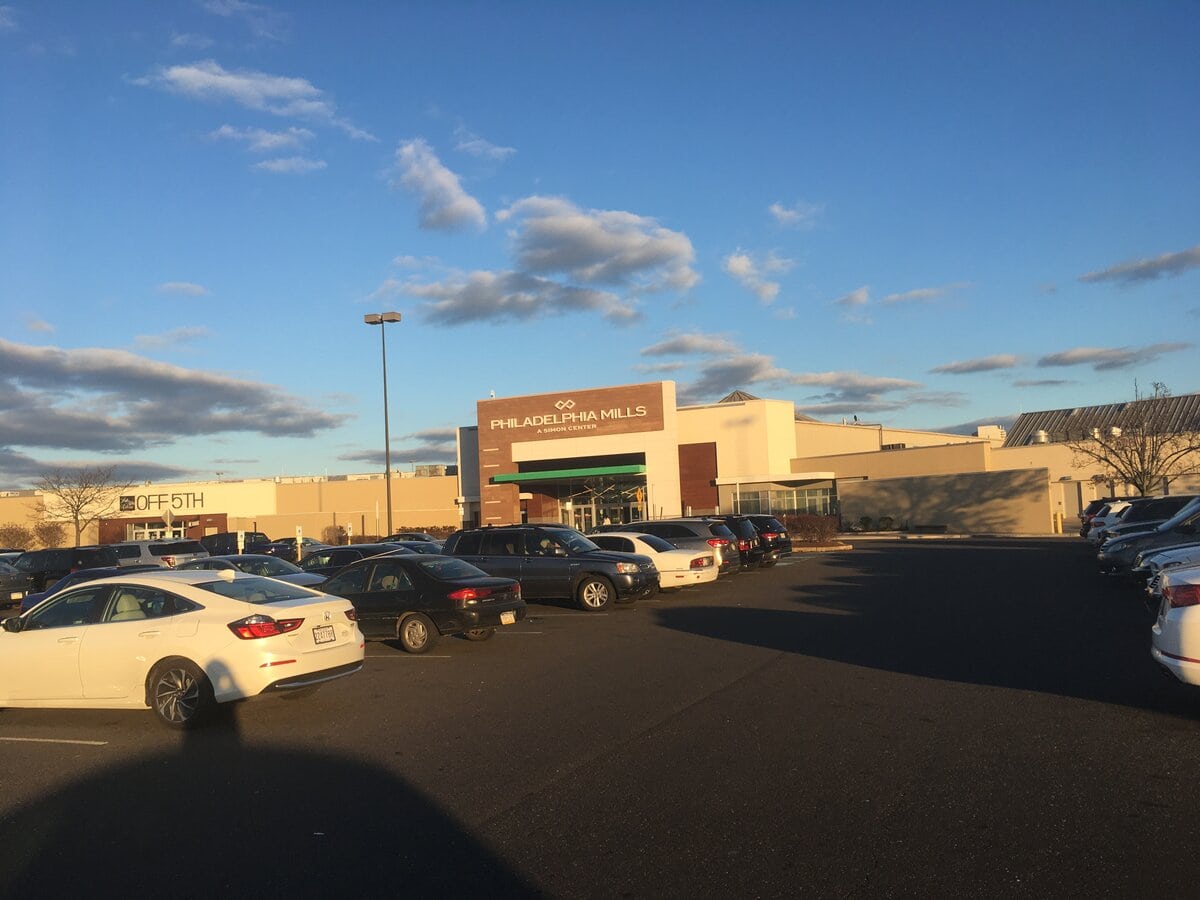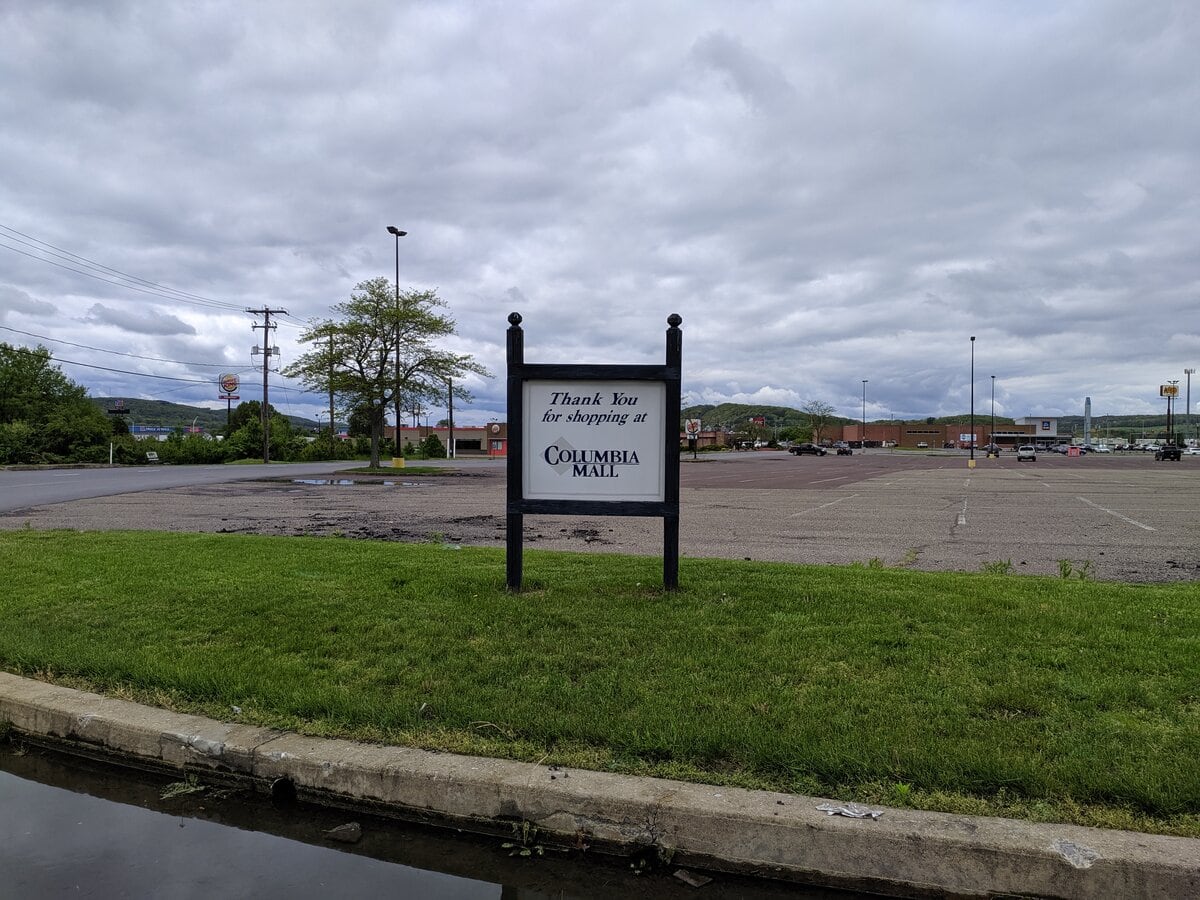Where the Stone Walls Still Watch
Long before Ebensburg added boutique storefronts and brunch spots to its downtown grid, the Cambria County Jail stood fixed at the corner of North Center and Sample Streets.
It's easy to drive past it now without thinking twice. But those sandstone blocks haven't forgotten what they were built to do.
People talk about the tower, the gallows, the ghost stories. What they miss is that this place once held more than inmates. It held the town's unspoken memory.
Building the Blockhouse
In April 1870, county commissioners bought a square of land from Mrs. E.J. McDonald.
The parcel sat between Centre, Crawford, and Sample Streets.
They paid $2,500. The plan was public: construct a new county prison.
What followed stirred a quiet reaction in Johnstown, where critics called it a "Welsh castle," a dig at both the design and the Welsh influence in Ebensburg's leadership.
Edward Haviland, an architect already known for penal structures, was hired to design it. William Callan served as a builder.
Their plan leaned Gothic Revival: pointed arch windows, a projecting stone portal, and a central tower facing the street.
The foundation stone was laid in 1872, with a construction budget of $73,000.
The Cambria County Jail rose to 60 feet. It measured 56 feet across the front and ran 100 feet deep.
Sandstone was cut locally. Walls reached 22 feet tall and formed a full perimeter.
Inside, the layout was functional, cold, and deliberate.
There were 28 cells split between two levels, outfitted with oak and iron doors.
Each had warm-air vents and ceiling openings for airflow.
Heating came through a steam boiler and radiators.
Floors were wood laid over iron. Ventilation shafts were placed high.
One staircase climbed to the second tier. All of it was built to last. And it has.
The building still sits on that corner in Cambria County, Pennsylvania.
For those searching for real things to do in Ebensburg, PA, it's one of the few places that looks almost exactly like it did over 150 years ago.
The Business of Confinement and Overflow
The Cambria County Jail opened with 28 cells. It didn't take long before that number failed to match demand.
By the early 1900s, 123 men were crowded into cells.
Numbers like that didn't come from combat or riots. They came from steady arrests and no new facilities.
Cambria County responded by expanding. In 1911, a new cell block was added behind the original structure.
It held 52 more cells and followed the same architectural tone.
The layout matched what corrections design looked like at the time: steel, symmetry, and stone.
Builders kept the sandstone style.
There's no record of who built the addition, but the visual blend suggests a deliberate effort to make it match the 1872 structure.
Executions took place here, too - eleven in total. Gallows were built on-site, and townspeople could buy tickets to attend.
These were public events. The final execution happened in 1909. Electricity hadn't reached the Cambria County Jail yet.
Darkness and silence amplified what took place on those wooden beams.
Those details aren't from ghost stories. They're in the historical record.
Michael "Smitty" Smith became part of that record in 1884.
Convicted of taking the life of a man from Johnstown, he was set for execution at dawn.
He vanished during the night. A farewell note was left in his cell. No sign of forced exit.
No explanation. The stone walls were 22 feet high and reinforced with iron.
Officers searched and found nothing. He would have been the fourth execution. Instead, his name became the one people still ask about on tours.
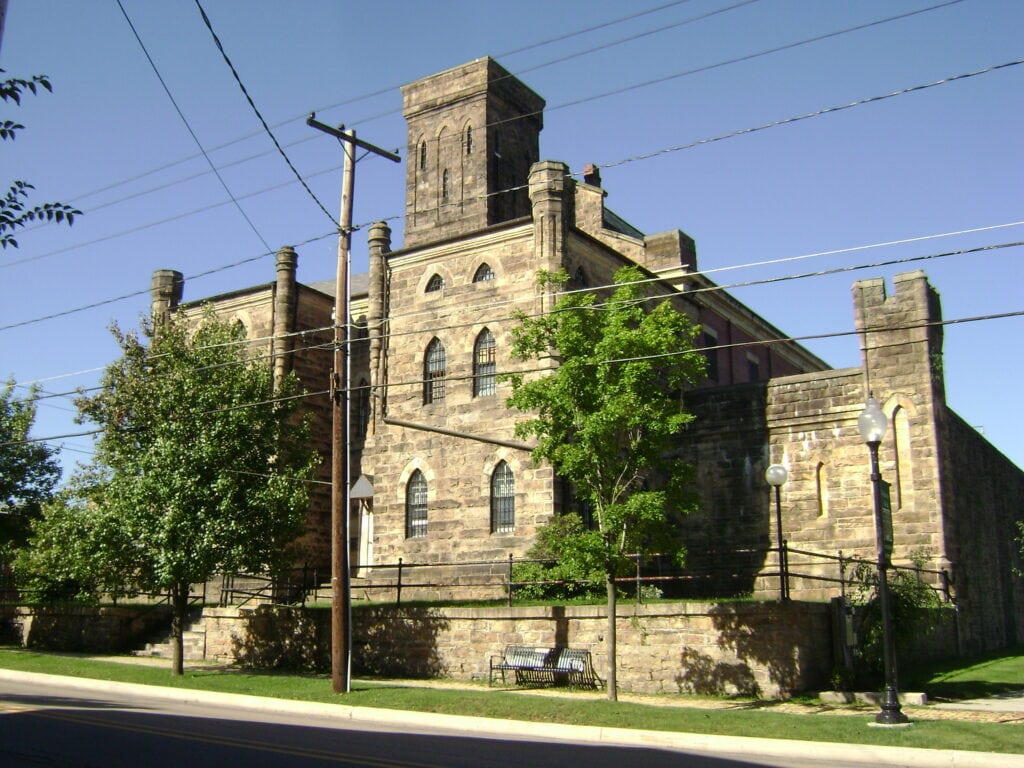
Vacancy, Then Valuation
By spring 1997, the Cambria County Jail had served for 125 years.
That was its last active season. A new corrections facility opened outside of town.
The old sandstone structure was emptied.
Instead of demolition, Cambria County invested $400,000 to stabilize the building and repurpose it as a records center.
The short-term fix kept the building upright, but it didn't answer the question of what it could become.
For more than two decades, it sat in that in-between zone: maintained, but underused.
During that time, the Cambria County Historical Society began offering public tours.
The focus leaned toward the jail's past - its architecture, its hauntings, and the escape of Smitty.
Visitors came in small waves. The building stood mostly as a preserved shell with limited access.
Then, in June 2020, the county introduced a redevelopment plan.
The goal was to adapt the property for office space, retail, and events.
Later, in January 2022, the Cambria County Jail was sold to DSherwoodD Enterprises for $1 plus closing costs.
That figure wasn't a mistake. It reflected the scale of repairs still needed and the county's readiness to hand off responsibility.
Plans called for a full renovation, with a projected completion date of October 2025.
The redesign kept the shell and tower intact. Proposed interiors included Wi-Fi-equipped gathering spaces and multi-use offices.
Retail areas were drawn into the front block, with event space stretching through the former cell areas.
No heavy-handed rebranding. Just a long-standing structure adjusting, piece by piece, to a new role.
Paranormal Inventory and the Cambria County Jail's Haunted Branding
The reputation didn't start with TV.
It started with what people said they heard - screams from the gallows, cold drafts in closed rooms, footsteps when no one else was booked.
That kind of folklore clung to the Cambria County Jail before the first camera crew ever arrived.
In 2018, Destination America aired an episode of Paranormal Lockdown that featured the building.
Hosts Nick Groff and Katrina Weidman spent 72 hours inside, focusing on the cell once used by Michael "Smitty" Smith.
Their segment followed the same outline used by tour guides: a condemned man, a farewell letter, and a disappearance with no trail.
The show helped widen the jail's paranormal footprint.
Then, in 2020, the Travel Channel followed with Destination Fear, season two, episode five.
The format changed, but the narrative stayed anchored in the building's physical elements - stone walls, barred cells, iron fittings.
Ghost-hunting shows don't usually push architectural history, but in this case, they leaned on it.
Locals had already known about the 11 executions. Public hangings were conducted behind the wall, and tickets were sold to watch.
The gallows were torn down decades ago. The stories weren't.
The Cambria County Historical Society built programming around the legends.
Cambria County Jail tours took visitors through old cell tiers, the boiler room, and spaces marked off as haunted.
Exhibits replicated the noose for Smitty and calibrated it to his recorded weight.
The facts didn't need extra drama. The building had a long enough ledger.
But TV made it visible again - and profitable in a way it never was when full of inmates.
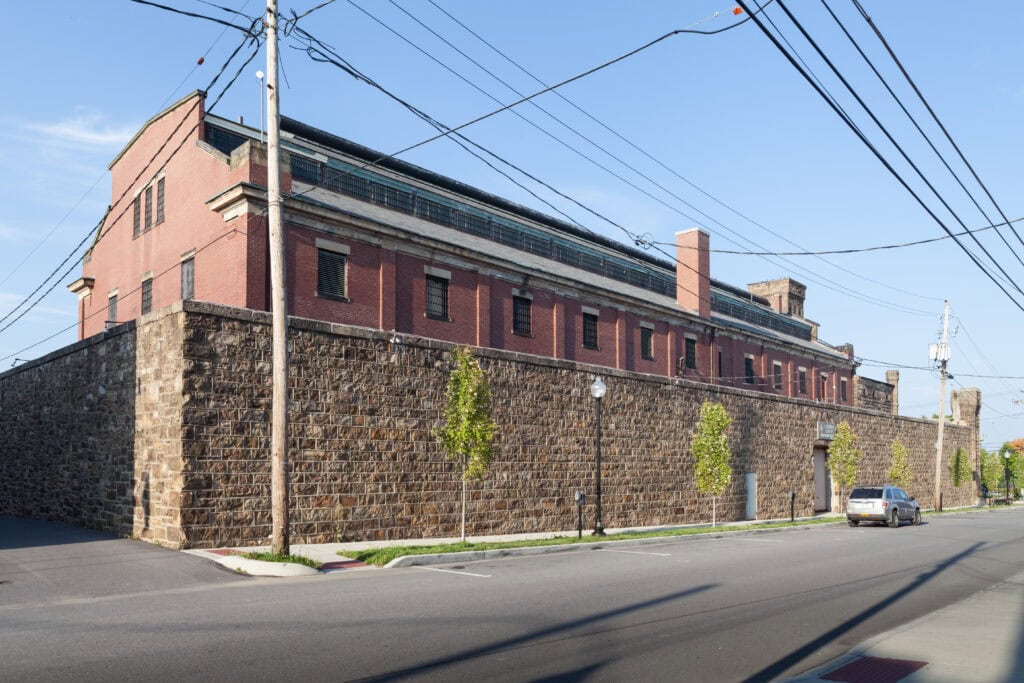
Event Rental, Ghost Hunts, and Local Foot Traffic
By 2023, the Cambria County Jail was no longer just a tour site.
It was pulling a second life from event rentals and weekend programming.
One part was straightforward: tours.
These followed a regular schedule, ran through the architectural layout, and included sections on the 1872 foundation and the 1911 annex.
Another part was more commercial. Haunted Sleepovers, Junior Ghost Hunts, and ticketed seasonal events became recurring listings.
Space was also opened for paranormal investigators, who were booked in blocks with overnight access to the full structure.
Local businesses near North Center Street mentioned upticks in foot traffic during Cambria County Jail tours.
Social media content - mostly from amateur ghost hunters - gave the building a presence well beyond Ebensburg.
A few small conferences had been held in cleared spaces on the lower level.
There was talk of long-term leases for part of the second floor, though no contracts had been made public.
The place wasn't drawing headlines from Pittsburgh or Philadelphia.
However, locally, the corner of Center and Sample started feeling more occupied again.
Not in the way it was in 1895, but active all the same.
🍀

